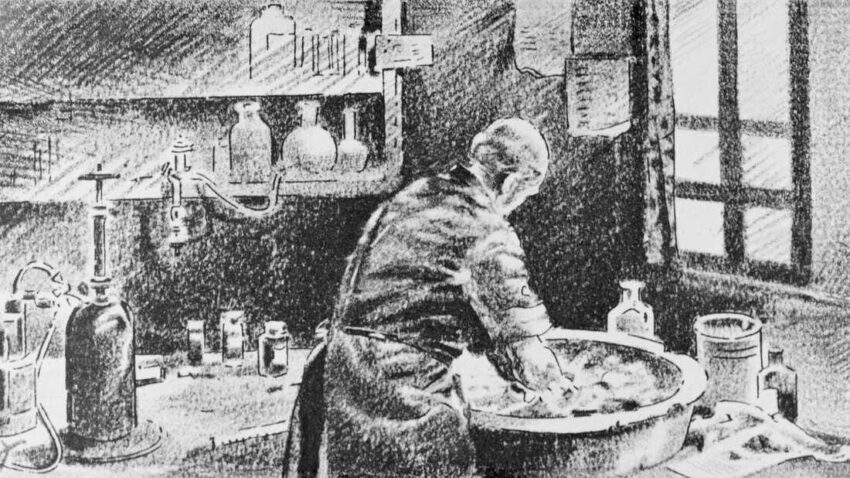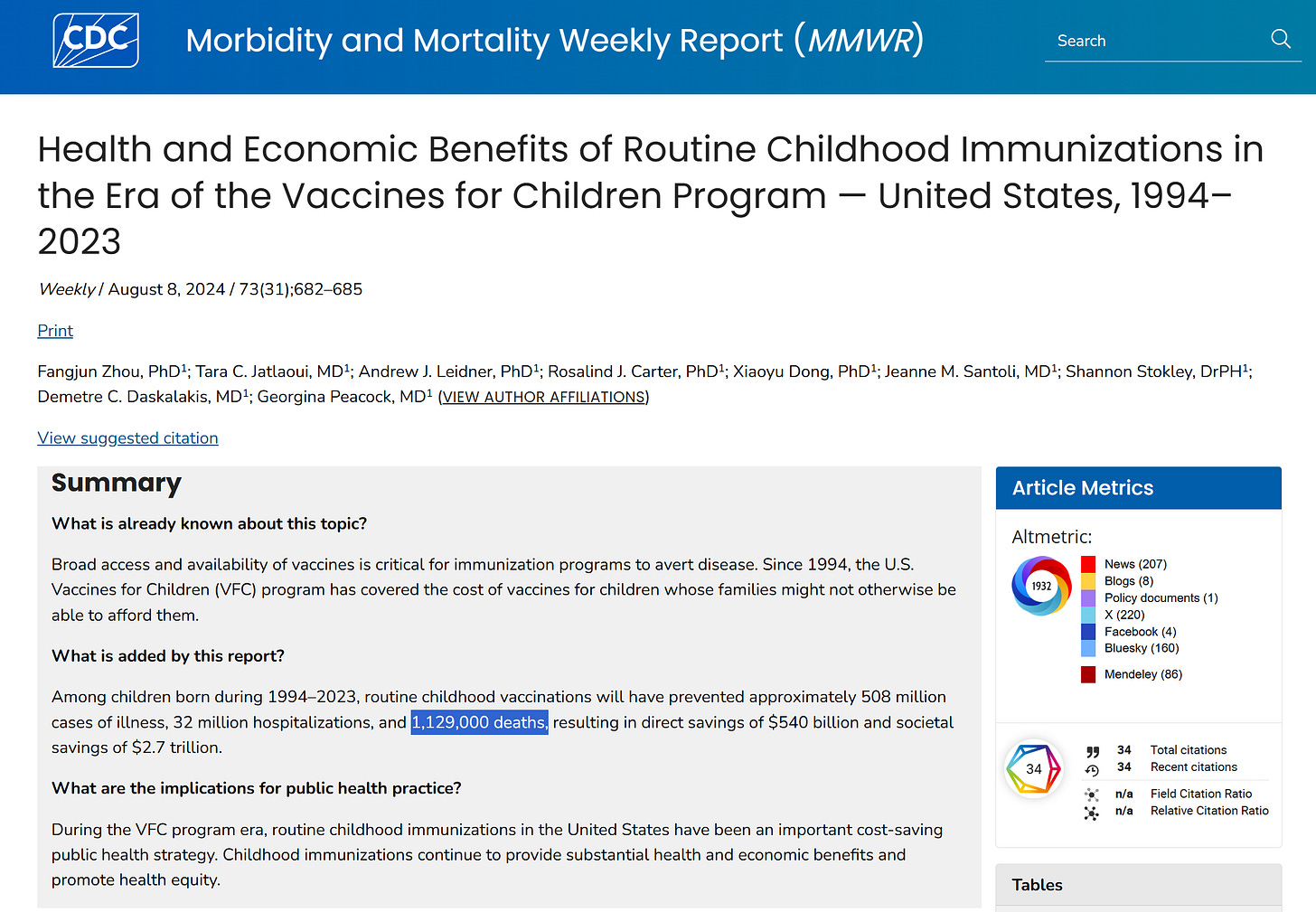‘Over the centuries, sanitation, improvements in water, food, and air quality, and reduction in filth and squalor had the largest impact on reductions communicable diseases. As modern medicine has advanced with antibiotics, antivirals, steroids, monoclonal antibodies, and modern pediatric ICU care, it would be very rare for a child to die of any infectious disease whether there is a vaccine or not. Trauma and accidents have always been a far greater mortal threat to kids than infections.’ These societal improvements etc. have done more to impact positively health and well-being, and NOT vaccines. NOT childhood vaccines! Ignaz Semmelweis cannot be forgotten in this debate in reducing infant mortality, maternal mortality etc. ‘aseptic and infection control practices, such as hand hygiene, proper use of disinfectants, and personal protective equipment.’ The Doctor Who Championed Hand-Washing And Saved Lives.
In 1850, Ignaz Semmelweis saved lives with three words: wash your hands!
McCullough here:
‘By Peter A. McCullough, MD, MPH
I watched a young doctor getting his chance on prime time CNN last night giving commentary on RFK. He welled up with great enthusiasm declaring the entire childhood vaccine schedule was safe, had been used and trusted for decades, and then he finished strong by asserting vaccines had saved millions of American lives. He was parroting a 2024 CDC report based on exaggerated statistical models that claim 1.1 million lives were saved by vaccines since 1994. As a reality check, In the United States, approximately 29 out of every 100,000 children between the ages of 1 and 19 die each year, according to America’s Health Rankings. This translates to roughly 20,000 child deaths annually, according to a study by NBC News. The causes of death vary, with firearms, unintentional injuries (including car accidents), and poisonings (including drug overdoses) being significant contributors.
We take this up in Chapter 1 of our new book “Vaccines: Mythology, Ideology, and Reality.” Over the centuries, sanitation, improvements in water, food, and air quality, and reduction in filth and squalor had the largest impact on reductions communicable diseases. As modern medicine has advanced with antibiotics, antivirals, steroids, monoclonal antibodies, and modern pediatric ICU care, it would be very rare for a child to die of any infectious disease whether there is a vaccine or not. Trauma and accidents have always been a far greater mortal threat to kids than infections.’
Semmelweis here:
‘What, exactly, was the doctor’s advice to his colleagues on that long ago night? It could be summed up in three little words: wash your hands!
At this late date, we all expect our doctors to wash their hands before examining us or performing an operation in order to prevent the spread of infection. Surprisingly, physicians did not begin to acknowledge the lifesaving power of this simple act until 1847
It was then that Dr. Semmelweis began exhorting his fellow physicians at the famed Vienna General Hospital (Allgemeines Krankenhaus) to wash up before examining women about to deliver babies. His plea was far more than aesthetic; it was a matter of life and death and helped to prevent a deadly malady known as “childbed” or puerperal (from the Latin words for child and parent) fever.’
Click this link for the original source of this article.
Author: Dr. Paul Alexander
This content is courtesy of, and owned and copyrighted by, https://palexander.substack.com and its author. This content is made available by use of the public RSS feed offered by the host site and is used for educational purposes only. If you are the author or represent the host site and would like this content removed now and in the future, please contact USSANews.com using the email address in the Contact page found in the website menu.












